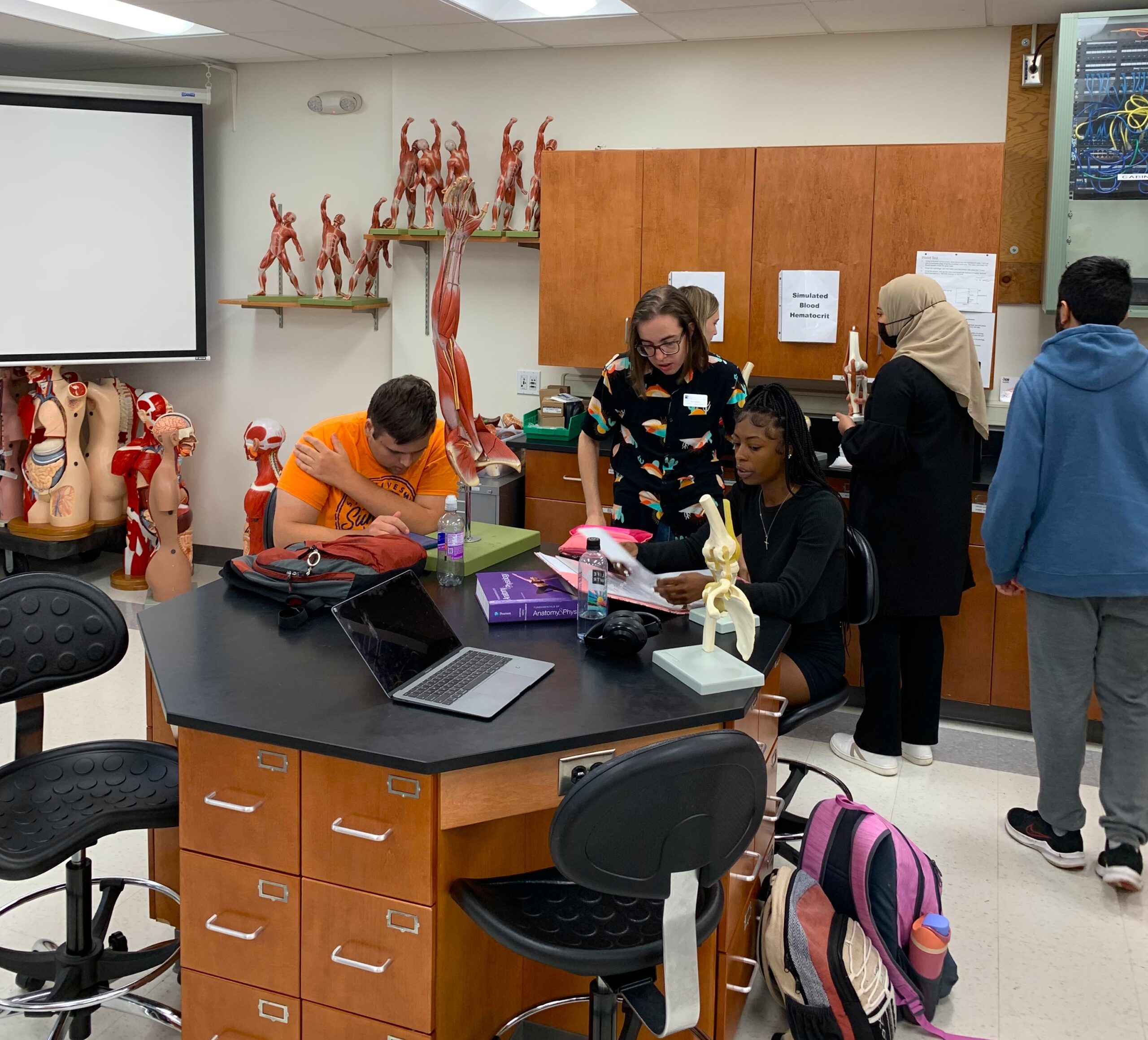Full time personnel and document imaging employed
-News Editor- STLCC-Meramec is implementing a document imaging system along with a new faculty member in hopes to smooth financial aid and the overall enrollment process according to Campus President George Wasson.
As of Sept. 9, 30 percent of students receive Pell grants at Meramec and six percent receive the A plus scholarship.
“It will be a secure document that can be pulled up so you don’t have to have somebody go find your stuff. And hopefully we’ll be able to do more of what they call ‘back-room’ — things you don’t really need to be face-to-face with students,” Wasson said.
Electronic Document imaging will allow financial aid to scan documentation so anybody in financial aid — at any campus — can access. The system will reduce the physical movement between offices on campus and across campuses.
For instance, when students turn in their transcripts — instead of having to come in — personnel can make an image of it and then that image can be sent to be evaluated.
“They pull it up and say these are the courses that are going to transfer. Somebody else can pull it up over in advising and say ‘Okay, these are the courses you need to take.’ Financial aid can pull it up and say, ‘Oh, this is your audit here’s where you are,” Wasson said.
According to the department of education, grant recipients are projected to rise to 9 million in 2012, up from 6 million in 2008.
“We’ve had this large increase already but that’s gone from several years ago where we had like 1700 Pell. So we’ve seen over the last several years a doubling of the Pell recipients here,” Wasson said. “That adds to the lines — that adds to the processing.”
Michael Smith, manager of the financial aid office, was the assistant director at UMSL prior to the four years he has been manager at Meramec. He said at 4-year universities, the auditing process is more automated.
“The community colleges are very conservative in the way they do financial aid,” Smith said. “Each and every class has to be approved for financial aid, whereas, a university does not.”
Also, Smith said the financial aid office is “struggling now” with the amount of students this year.
“The college is understaffed — I mean, that’s not a big secret. And considering that, I still think we do a pretty good job across the board,” Smith said.
Wasson said one issue with hiring more financial aid workers is the limited space in the Financial Aid Office.
Currently, there are seven full-time faculty and four part-time faculty in the Financial Aid Office. Financial aid was also approved to appoint a new full-time faculty member; an advertisement for the position is yet to be placed. Between students receiving grants and A plus, each personnel works with over 450 students in the fall semester.
“We can always use the extra help,” said Jessica Harris, full time student services assistant. “But it would be nice if we could get rid of some of the auditing.”
Wasson said although the wait outside financial aid has shortened, “they’re still processing things down there.”
“Working with students is not hard,” part time Financial Aid Personnel Sarah Steiner said. “It can be stressful. Working with paperwork is tedious.”
Harris said the document imaging system would eliminate some of the students waiting in line without the proper documentation. She said another problem is students looking for information that could have been accessed on Blackboard.
Wasson said one of the big differences between when he was in college and now is students wouldn’t have waited until the last minute, coming in a week before classes start. He said the fall registration deadline would be in the spring. “Lines aren’t new,” Wasson said.
Wasson said among other things the ultimate goal is to allow students to be able to view a “check list” on Banner Self Service so students can find out where they are in the auditing process.











